Manageability is all the rage nowadays – yet for the most part with a view to the future and the subject of how it is feasible to utilize less assets, produce more economically and diminish squander. In any case, maintainability can likewise be lived with a view to the past or the present – in particular with a homegrown climate that comprises of sturdy furniture plans that outlive patterns and never leave style. In the third piece of our series on plan symbols, we put Philippe Starck, Eero Saarinen, Achille Castiglioni, Patricia Urquiola and Max Bill at the center of attention with their evergreen furniture symbols, which can be found on architonic.com.
Philippe Starck
His furniture has proactively left a mark on the world and he is one of the most eminent item and furniture creators of the current day – and likely ever: Philippe Starck, brought into the world in Paris in 1949, has laid achievements as far as notorious style with his plans, for example, the Juicy Salif lemon squeezer for Alessi or the Ghost Chair for Kartell. His style: outgoing, eccentric, unique. In a way that would sound natural to him: “The main OK style is opportunity”. Further clients of him incorporate Dedon, Axor, Duravit, Magis, Alias, B&B Italia, Driade, and so on.
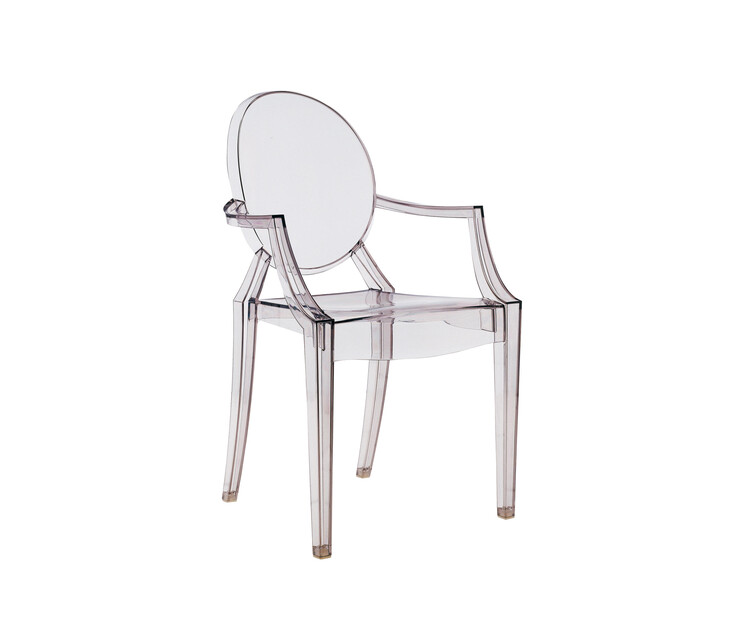
Starck, presently 73, concentrated on inside engineering and plan at the École Nissim de Camondo in Paris. At 27, in 1976, he established his own organization “Starck Product”. In 2000, he got the Order of the Legion of Honor – only one of the many honors Starck has gotten over a vocation that has now traversed over 40 years. Similarly also prestigious as his items are his inside styles, for example, the outfitting of the Elysee Palace along with François Mitterand or the Café Costes in Paris, which made him a worldwide star.
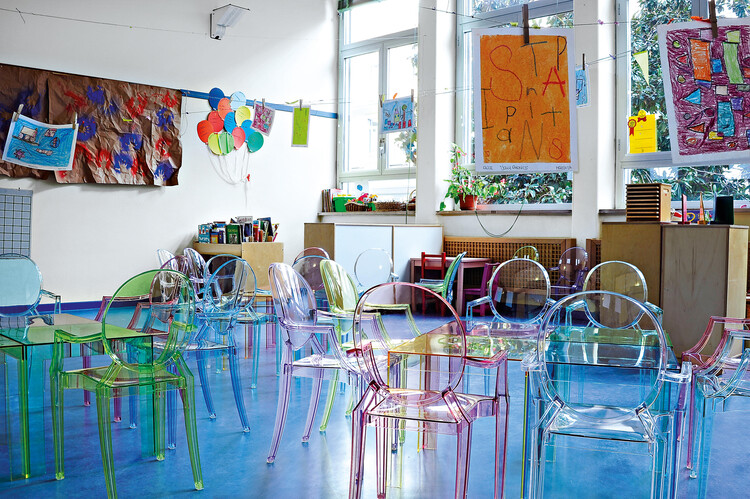
His worldwide land brand Yoo – established in 1999 in a joint effort with John Hitchcox – makes extravagance insides everywhere. The organization has likewise acknowledged projects with plan greats, for example, Marcel Wanders and Sussanne Khan.
Achille Castiglioni
“There must be incongruity, both in plan and in objects… One of my privileged insights is to joke constantly.” This statement is by Achille Castiglioni (1918-2002), a Milanese fashioner who won 9 Compasso D’Oro grants and who made his most memorable vocation steps in the family circle. While he at first concentrated on old style subjects and workmanship, he chose to follow the way of his siblings in 1937 and moved to the Politecnico Milano, where he graduated with a degree in engineering in 1944 (in the wake of interfering with his examinations to be positioned in Greece and Sicily during World War II).
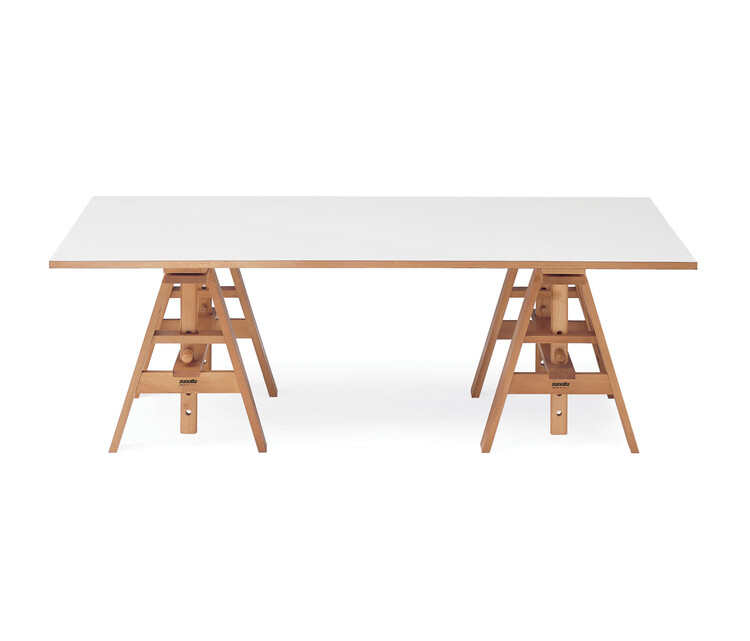
With his siblings Livio and Pier Giacomo, he planned items that addressed the new Italian style of the after war time frame, zeroing in on plan, design and metropolitan preparation. Through exact examination and exploration, they showed up at new structures, strategies and materials, which in the long run became known as “basic plan”. Achille tested and strikingly positioned objects in new settings – one model is the Mezzadro stool (which went into creation just a short time in the wake of being envisioned with Zanotta), whose structure is gotten from a farm vehicle seat, or the Arco light for Flos, which traverses a wide bend and is held by a strong block of marble.
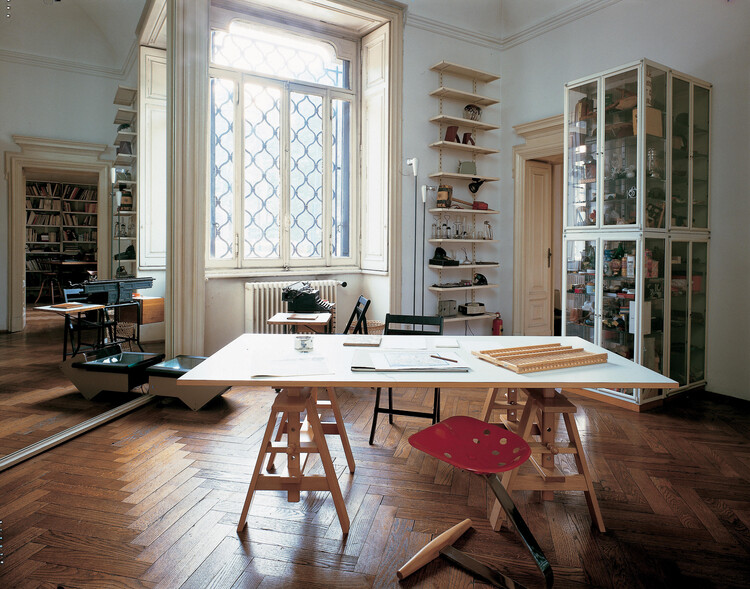
Notwithstanding the frequently reason driven objects -, for example, hoovers or espresso machines – his imaginative work in the field of lighting stands apart especially unequivocally: The previously mentioned Arco light by Flos, as well as the Snoopy light, are plan works of art that structure a remarkably bombastic beneficial interaction of moderation and energy – focusing legends among the surrounding lights!
Eero Saarinen
Our next imaginative symbol takes us to Scandinavia, all the more definitively to Finland. We are discussing Eero Saarinen (1910-1961), who just lived for 50 years however abandoned a surprising inventive oeuvre. His imaginative ability was basically brought into the world in his support: His dad, Eliel Saarinen, was likewise a notable planner who planned the principal railroad station in Helsinki. In 1923, the family emigrated to the US, where they resided on the Cranbrook Educational Community grounds, planned by his dad in the well off Bloomfield Hills, Michigan.
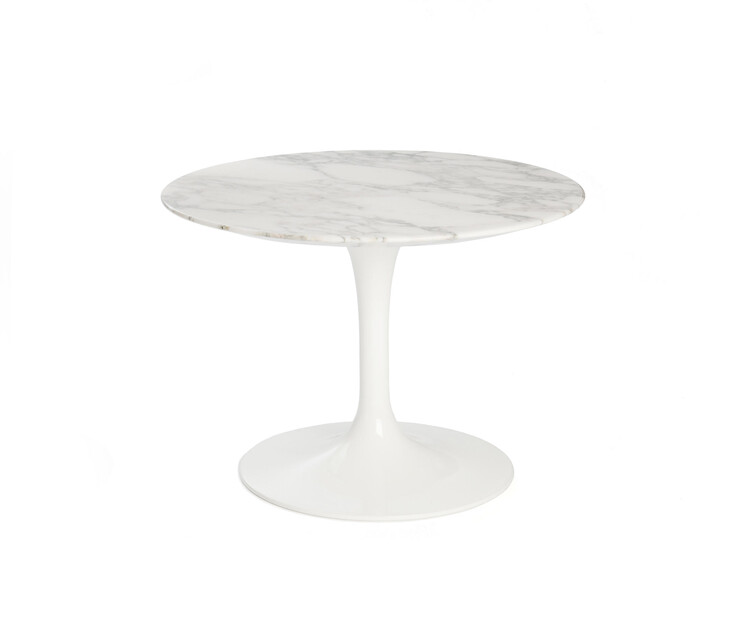
In the wake of concentrating on figure and design, Saarinen joined his dad’s office in 1935. His most memorable popular household item is the Tulip Chair, which should be visible in somewhat changed structure as a prop in the Star Trek The Original TV series from the last part of the 1960s (1966-1969). Saarinen fostered the Tulip Chair as a feature of his Pedestal Collection for Knoll International, which was made somewhere in the range of 1955 and 1957 and with which he needed to “kill the ghetto of legs”. Subsequently, Saarinen introduced an immortal and outwardly unadulterated sculptural assortment that can be found in slick insides today as it was then, at that point.
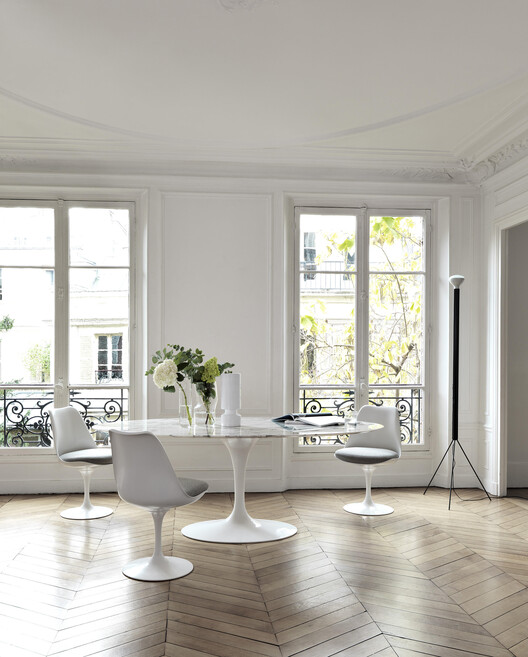
Remarkable works of his building oeuvre remember the Jefferson National Expansion Memorial for St. Louis – after death finished in 1963 – and the 1962 TWA Flight Center terminal at New York’s John F. Kennedy Airport. It is likewise noteworthy that he brought natural structures into engineering – when the functionalist International Style a là Le Corbusier or Mies van der Rohe was prevalent. Meaningful of this are not just his natural furniture plans for the family rooms of the cutting edge world, which framed a counter-picture to the grave style before the Second World War, yet in addition his air terminal structures with their curved rooftops in New York and Virginia.
Particia Urquiola
Another plan symbol who is still with us and appreciates overall popularity is engineer and originator Patricia Urquiola, brought into the world in 1961 in Oviedo, Spain. She concentrated on engineering at the Madrid Politecnico and the Milan Polytecnico and graduated in 1989 under boss Achille Castiglioni, who impacted her style. Today, she is one of the most outstanding known delegates of mixture. She resides and works in Milan, where she established her Studio Urquiola in 2001 with her accomplice Alberto Zontone, zeroing in on modern item plan as well as design for lodgings, retail spaces, from there, the sky is the limit…
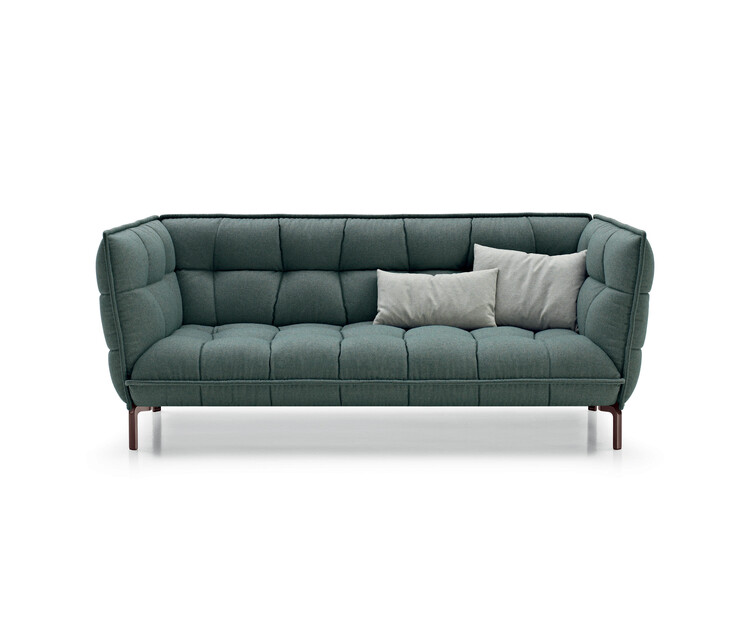
During an organization with the Italian furniture brand De Padova, she met Vico Magistretti, with whom she planned the Loom couch and the Flower Chair somewhere in the range of 1990 and 1996 – her most memorable notable household items. Presently, she is more well known than any time in recent memory and prestigious plan marks the world over are essentially scrambling for an organization with the creator. Her innumerable clients incorporate furniture brands like Kettal, Glas Italia, Cassina, B&B Italia, Alessi, Louis Vuitton, Moroso or Rosenthal and some more, while her plans are consistently agreeable, delicate and welcoming with a female touch. Urquiola tentatively consolidates various styles, examples and materials, and a portion of her works are currently important for notable exhibition hall assortments, similar to her Fjord easy chair and footrest in New York’s MoMA.
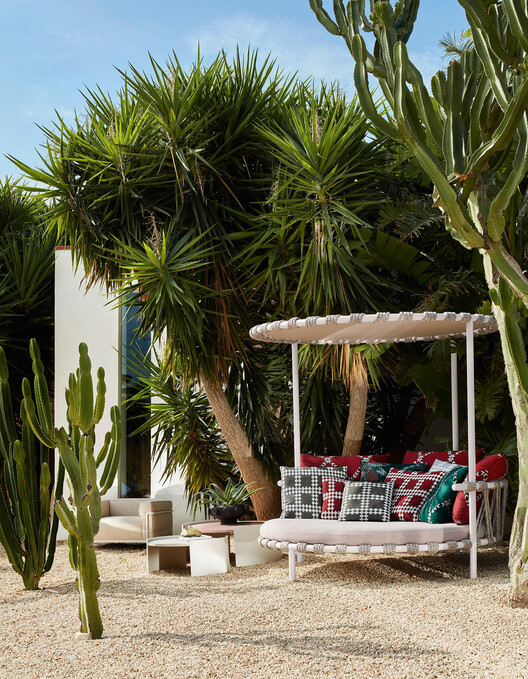
In 2020, the creator sent off an outside assortment with Cassina entitled Trampoline: a seating scene where the part of manageability assumed a significant part. A few pieces of the series, for example, the backrest and the seat pads, are made of 100 percent reused PET filaments. Along these lines, manageable plan chips away at two levels: the outcome isn’t just durable in the external shape and tasteful sense, yet additionally delivered in a harmless to the ecosystem style.
Max Bill
Known as a Zurich understudy, painter, planner, workmanship scholar and furniture fashioner, Max Bill (1908-1994) was one of the primary delegates of purported Concrete Art. The primary qualities are the useful and material person of his plans and show-stoppers. All the more exactly, he planned his works with next to no outer direction towards nature. He started his examinations in 1924 at the Kunstgewerbeschule in Zurich, yet proceeded with them from 1927 at the Bauhaus in Dessau. Here he met Oskar Schlemmer and Josef Albers among others. His time at the Dessau Bauhaus molded his concept of a solidarity of the multitude of expressions as well as of the type of workmanship that does equity to the material as well as the capability: he planned his works like logical developments.
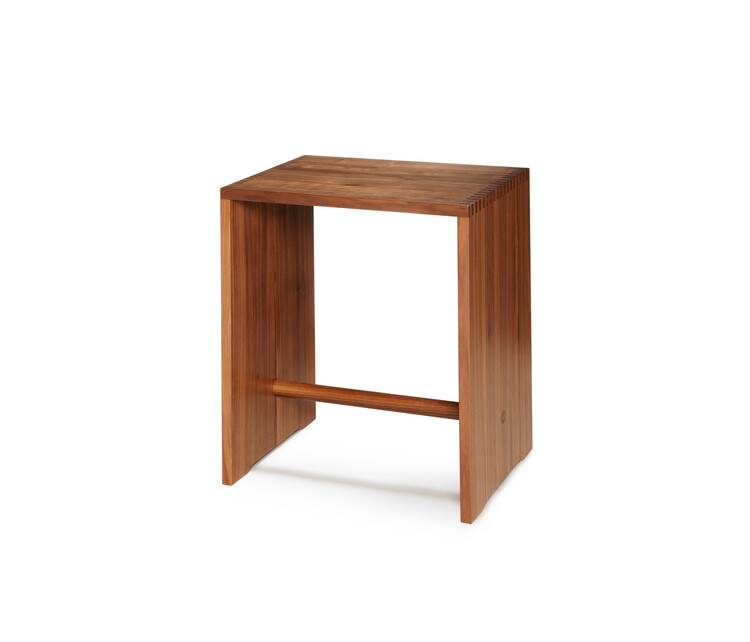
In 1951 Bill was delegated establishing overseer of the Hochschule für Gestaltung in Ulm, which he drove until 1956. During this time, from 1953 to 1955, he was likewise essentially engaged with the development of the college working, with regards to which he planned the Ulm Stool that is delivered by Swiss producer wb structure today – and the piece that spread the word about Max Bill as a furniture planner.
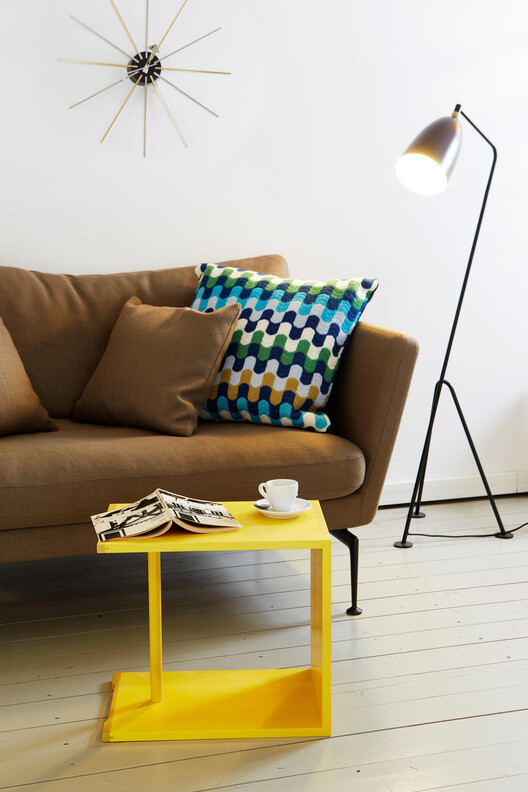
His work has been displayed in various shows starting around 1928, and a significant number of his productive sculptural works can be tracked down in broad daylight places in Europe, America and Asia.